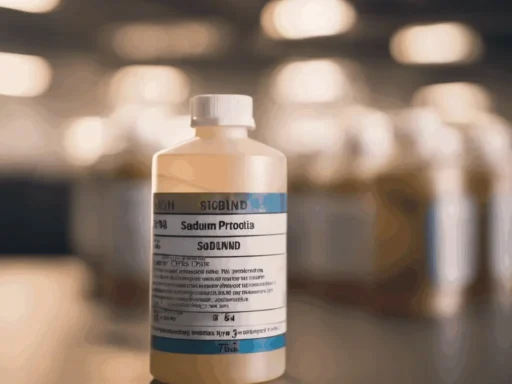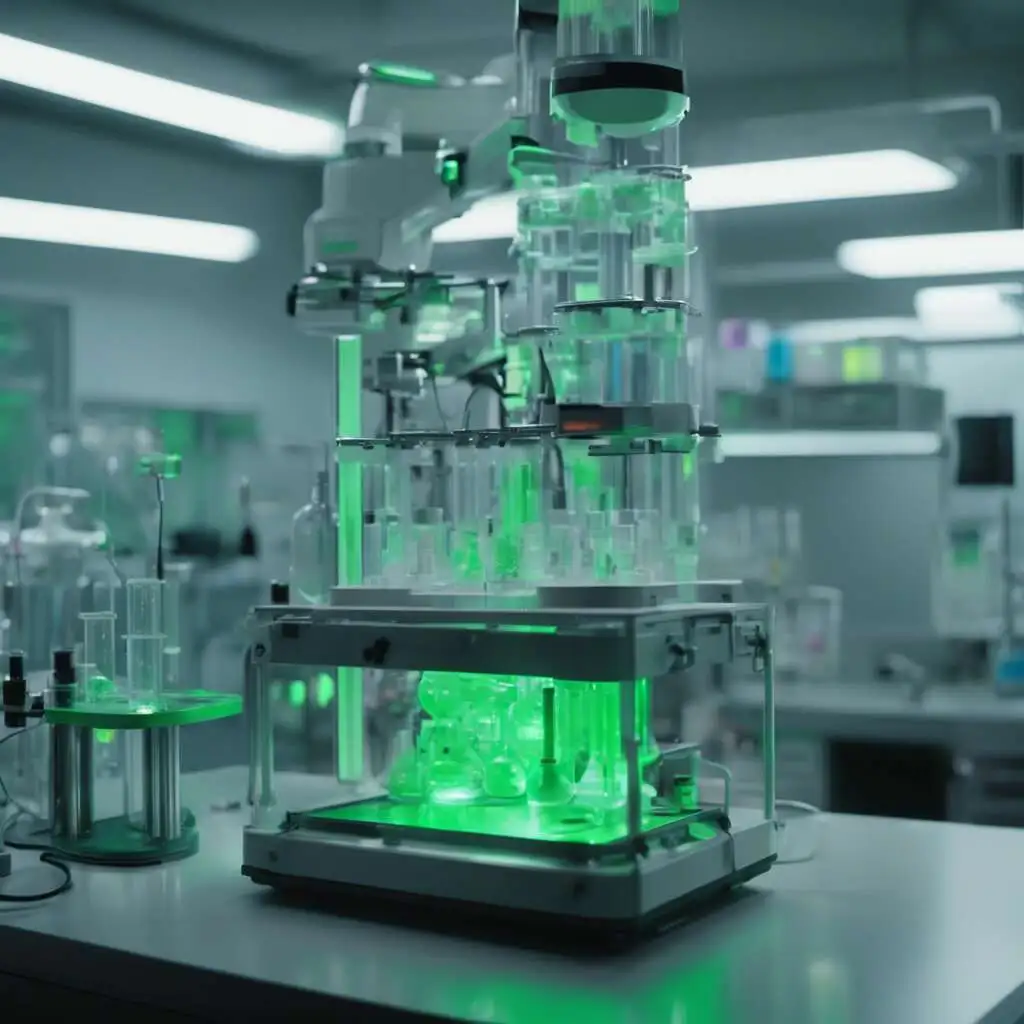Electroplating is a fascinating process used in various industries to enhance the aesthetic appeal and functional properties of metal objects. Among the many chemicals employed in this intricate process, sodium cyanide holds a pivotal role, particularly in the deposition of precious metals like gold and silver. This blog post aims to explore the use of sodium cyanide in electroplating, detailing its application, benefits, and the critical safety measures necessary to handle this potent chemical.
Understanding Electroplating
Electroplating is a method that involves coating the surface of an object with a thin layer of metal using an electric current. The primary purpose is to improve properties such as corrosion resistance, abrasion resistance, and luster, or to add desirable qualities to the surfaces that might not be inherent in the base metal. This process is widely used in industries ranging from automotive to jewelry and electronics.
The basic setup of an electroplating process includes an electrolyte solution (plating bath), an anode (which is the metal to be plated), and a cathode (the workpiece). When an electric current is passed through the solution, metal ions from the anode are dissolved in the electrolyte and deposited onto the cathode.
Role of Sodium Cyanide in Electroplating
Sodium cyanide (NaCN) is predominantly used in the electroplating of gold and silver. It acts as a stabilizing agent for the metal ions in the electrolyte solution, ensuring that they remain evenly distributed and available for deposition.
- Gold Plating: In gold electroplating, sodium cyanide is used to form a complex with gold ions. This complex, gold cyanide, is highly soluble in water and provides a stable ion source for consistent deposition onto the cathode. The result is a smooth, uniform, and adherent layer of gold on the desired object.
- Silver Plating: Similarly, in silver plating, sodium cyanide helps to form a silver cyanide complex. This increases the solubility of silver in the electrolyte, facilitating an efficient and even coating process.
Advantages of Using Sodium Cyanide
While the use of sodium cyanide in electroplating is critical, it offers several advantages that make it a preferred choice in specific scenarios:
- Enhanced Conductivity and Adhesion: Sodium cyanide-based solutions enhance the conductivity of the electrolyte. This results in a more robust and even metal deposition, which is crucial for achieving high-quality plating results.
- Smoothness and Uniformity: The complexes formed by sodium cyanide ensure that the metal ions are evenly distributed in the solution, leading to a smoother and more uniform layer of metal on the substrate.
- Versatility: Sodium cyanide is suitable for both rack and barrel plating, providing flexibility depending on the nature and volume of the items being plated.
Safety Measures in Handling Sodium Cyanide
Despite its benefits, sodium cyanide is highly toxic and poses significant health risks if not handled properly. Exposure can be fatal, making it imperative to implement stringent safety measures:
- Proper Training: Workers should be thoroughly trained in handling chemicals, understanding the risks, and knowing the immediate actions to take in case of exposure.
- Use of Protective Gear: Protective clothing, gloves, goggles, and face shields are mandatory to prevent any direct contact with the skin or eyes.
- Adequate Ventilation: Electroplating facilities must be equipped with excellent ventilation systems to avoid the inhalation of harmful fumes.
- Emergency Procedures: Quick access to antidotes, emergency showers, and eye wash stations should be standard in all electroplating facilities.
- Waste Management: Proper disposal systems must be in place to handle waste containing sodium cyanide, ensuring that it does not pose a risk to the environment or human health.
Conclusion
Sodium cyanide’s role in the electroplating industry is undeniably crucial, especially for depositing precious metals like gold and silver. Its ability to form stable metal ion complexes facilitates efficient and high-quality metal deposition. However, the toxic nature of sodium cyanide demands rigorous safety protocols to protect workers and the environment. By adhering to these safety standards, the electroplating industry can safely harness the benefits of sodium cyanide, achieving desired results without compromising on safety.






